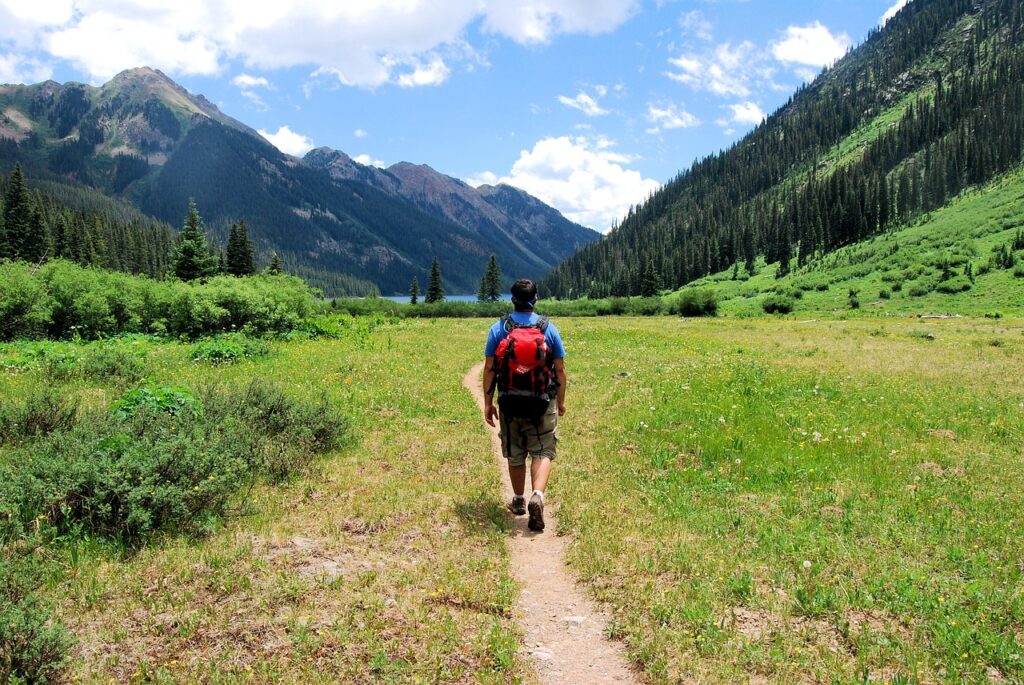Embarking on a summer backcountry hike can be a truly rewarding experience, but preparation is key to ensuring safety and enjoyment. Here’s a guide to help you pack smartly, dress appropriately, and plan thoroughly for your adventure.
1. Packing the Essentials
Backpacking in the wild demands strategic packing. Overpacking may slow you down, while underpacking leaves you vulnerable. Stick to the Ten Essentials: navigation tools (map, compass), headlamp, firestarter, shelter, extra food, water, and first aid supplies(. A properly sized backpack, around 50 to 65 liters, is typically sufficient for a multi-day summer hike. Emergency items, like an ultralight tarp or bivy sack, are must-haves in case the weather takes a turn.
2. Mastering Layering
When it comes to backcountry hikes, layering your clothing is crucial for comfort and safety. Even during summer, temperatures in alpine zones can plummet. Use the modular system: base, mid, insulating, and shell layers. Materials like synthetic fibers or wool are ideal since they wick away moisture and dry quickly, unlike cotton, which can make you colder when wet. A rain jacket is a must, regardless of the forecast(
3. Footwear and Foot Care
Your feet are your biggest asset on a hike. Invest in high-quality hiking boots with proper ankle support, especially for uneven terrain. Remember to break them in before your trip to avoid blisters. Bring extra socks and foot care supplies like blister treatments. Waterproofing is a plus, as trails can be unpredictable.
4. Food and Hydration
Staying well-fed and hydrated is essential to maintaining energy levels. Opt for calorie-dense foods such as trail mix, energy bars, and dehydrated meals that can be easily rehydrated using boiled water. You’ll also need a water filtration system or purification tablets if you plan on sourcing water from streams. Bring a stove to melt snow or boil water when needed.
5. Navigation and Safety
Whether you’re using a traditional compass and map or a GPS, make sure your navigation tools are easily accessible. Be vigilant at trail junctions and frequently cross-check your map to ensure you stay on course. Bring a headlamp in case your hike extends beyond daylight hours, along with extra batteries. Safety is paramount, so include a first-aid kit and ensure you know how to use it.
6. Emergency Planning
Preparation for the unexpected is vital. Carry a firestarter (e.g., waterproof matches, dry tinder) and an emergency shelter in case you’re stranded overnight. If you’re hiking in bear territory, pack bear spray and store food in a bear-proof canister. It’s also wise to share your route with a friend or family member before heading out.
7. Leave No Trace
Finally, practice the Leave No Trace principles. Pack out all waste, including food scraps and trash. Use a trowel to bury human waste at least 6 inches deep and 200 feet away from water sources. Respect the environment to preserve the beauty of the backcountry for future hikers.
By following these tips and ensuring you are well-prepared, your summer backcountry hike will be a memorable adventure without unnecessary risks. Happy hiking!
Last Update: September 14, 2024






